I love the echo chamber
Saneel Radia
24/10/2011
We regularly fear living in an echo chamber (this is especially true for us because our blog serves as a feedback forum from regular participants, even if many of the inputs driving its content originate from industries unrelated to marketing). In fact, the foolish, mutual reassurance of ad folks is one of the most common criticisms of our industry. But recently a study came out that got me to reexamine the so-called echo chamber.
The report was authored by Sinan Aral (NYU, Stern School of Business) and Marshall Van Alstyne (Boston University, School of Management) and ran in the American Journal of Sociology. It can be downloaded here.
The historical thinking around how one gets new, diverse information via their networks has placed a tremendous amount of emphasis on “weak ties,” those people you don’t know very well and don’t speak to very often. The most often cited study in this work is by Mark Granovetter and was done in 1973, before the invention of the web and digital social networks. Letting an outdated study drive our thinking in this space is an issue, as it assumes technology is simply facilitating what was previously true about relationships, rather than evolving it.
What’s more modern and practical about Aral and Van Alstyne’s study is that it accounts for bandwidth. In a world of unprecedented connectivity and content generation, the format of information shared (say 140 characters of text) and the frequency with which it’s consumed have to be accounted for. It seems ridiculous this day and age to think the depth of my relationship with people is the determining factor of getting new information from them. Aral and Van Alstyne ask a more contemporary question than simply where new information comes from. They ask “where does one find the most novel information per unit time?” In other words, they’re accounting for bandwidth. You talk to closer ties more often and distant ties less often, a critical issue neglected in the previous thinking about the value of weak ties. Bandwidth is simply too important a factor to ignore in a world where contact across miles, economic classes, and belief systems is easier than ever—especially when said contact is frequently asynchronous.
Aral and Van Alstyne also discuss a point about strong ties I found interesting: those who know you well know what type of information is novel for you. That’s a filtering mechanism we know most readers of this blog employ regularly (just glance at how community members caveat and source what they share back to us as the managers of the blog).
This natural filtering is what’s really the heart of the matter because it addresses homophily (the idea that we surround ourselves with like-minded people, or more colloquially, “birds of a feather flock together”). People who think like us, seek out our blog. We do the same, following twitter accounts, listening to speakers, taking meetings with those we think are similar to us. Thus, the echo chamber, right? We all just tell each other what we want to hear, limiting our new thinking.
Wait a minute. As someone who has a core job responsibility of innovation (i.e., “the introduction of something new”—in this case to BBH), I should fear an echo chamber more than anyone. Instead, I’ve found this supposed echo chamber is inhabited by people that are my most efficient means of learning something new. When I find time to be in the stream, I’m inundated with novel information. That’s partially because I’m forced to filter people based on how frequently I expect to be engaged (“I want to hear anything she says, but she says so much I have to tune her out”—efficiency decisions relating to bandwidth). Simultaneously, the very people I choose to listen to are filtering for people like them (or should I say “us”?), wanting to avoid saying something they can only assume I know—otherwise I may just have to filter them.
It may be an echo chamber. But at its core is a virtuous circle.
